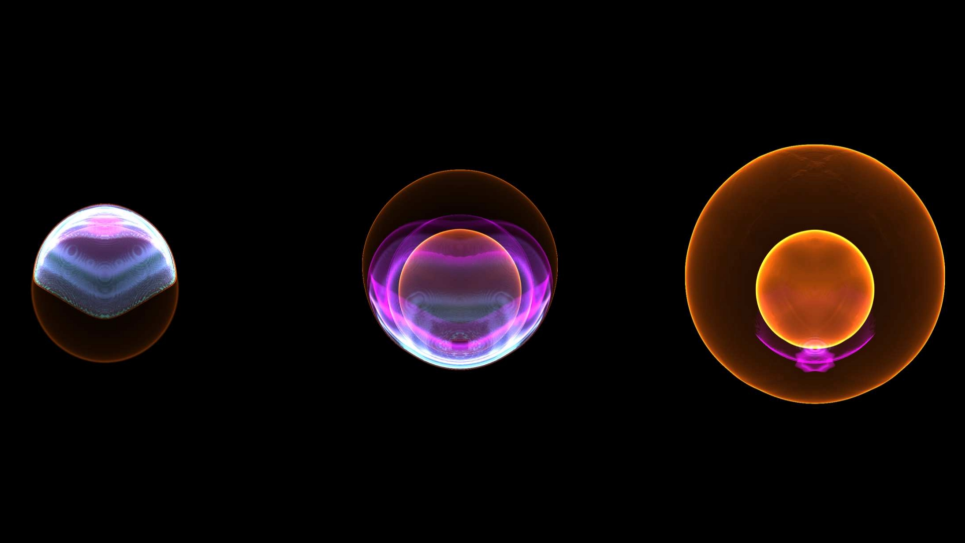
Simulations of laser-plasma interactions in targets for the National Ignition Facility and beyond
Lawrence Livermore National Laboratory (LLNL) has been tasked with achieving ignition at the National Ignition Facility (NIF). An important aspect of the ignition campaign involves quantitative prediction of the level of laser backscatter in these targets. Mitigation of laser backscatter is important, as backscatter reduces the amount of input energy available for driving the fusion process. It can also alter implosion symmetry as well as preheat the ignition capsule via generation of hot electrons.
Recent experimental results from the National Ignition Campaign at NIF show that backscatter occurs in the laser target where quads of laser beams are overlapped. The goal of these simulations is to quantify how overlapping beam quads impact laser backscatter. In the first simulation completed, which ran on the full BG/P Intrepid machine at Argonne, three quads of NIF beams propagated 750 micrometers, through half of the interaction region where laser backscatter occurs (113 billion zones). The beams were not polarization smoothed, a technique used at NIF to reduce laser backscatter. (Simulating the full backscatter region or including polarization smoothing results in a simulation too large for the full Intrepid machine.) Laser backscatter primarily occurs in the left and right beam quads because the resonance region for the central beam quad is marginally included in this simulation.
The simulations being conducted by LLNL researchers will generate scientific results that will have a major impact on the national ignition campaign—inertial fusion—as well as on the fundamental science of LPI. These state-of-the-art simulations are only possible because of the INCITE award received on the ANL BGP Intrepid machine.

